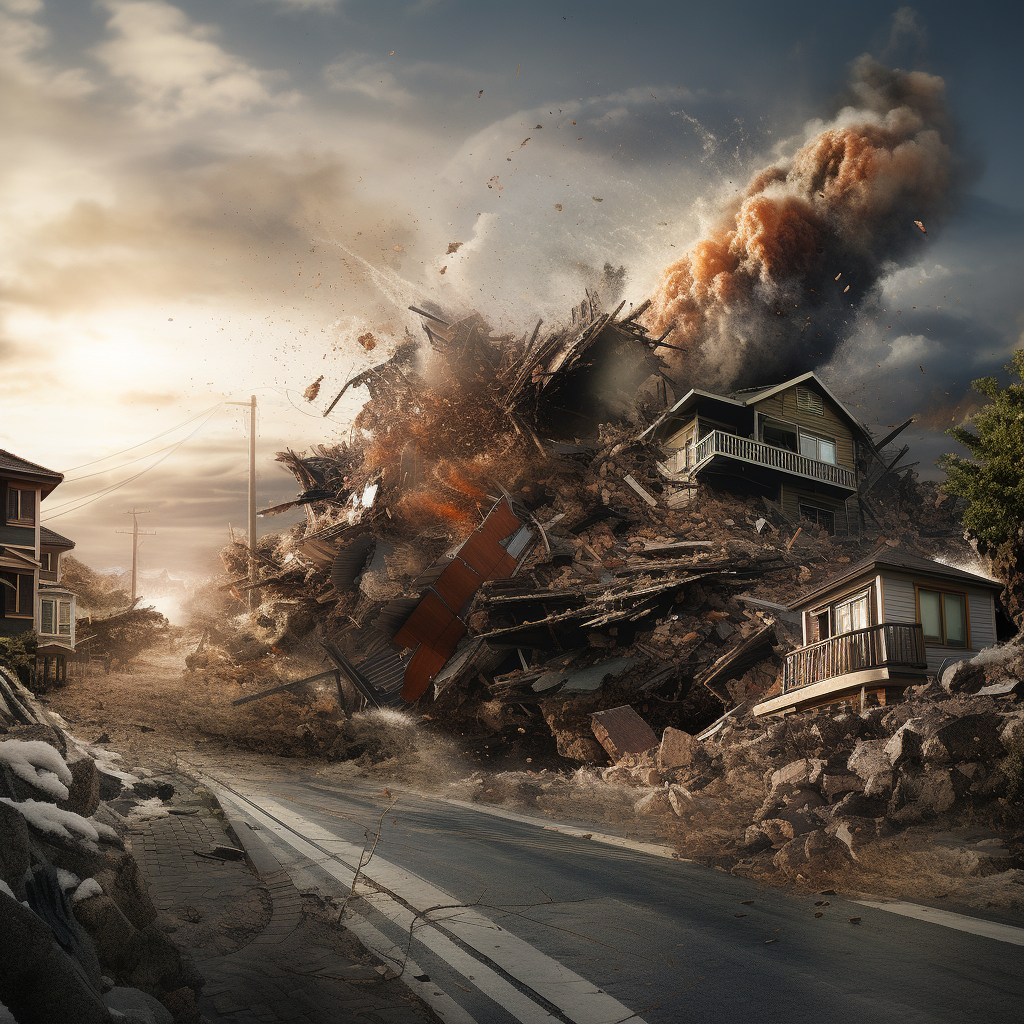
Earthquake in Turkey and Syria - What could have been done to avoid disaster
Lessons from the earthquake in Turkey and Syria and the importance of earthquake-resistant structures
Six months have passed since the earthquake that struck Turkey and Syria on 6 February 2023, claiming tens of thousands of victims. There has been a lot of help from around the world to find and rescue many people trapped under the rubble. For example, the European Union Civil Protection Mechanism deployed personnel and resources to support local rescue teams.
But, something more needs to be said about this to try to learn and ensure that such tragedies are not repeated. More than half of the structures and houses collapsed despite the fact that the earthquake was below grade eight on the Richter scale. The grade reached was in fact 7.8. Still quite a devastating movement of course, but nothing that had the power to cause such massive devastation.
But what methods could have prevented the worst?
Reinforcement of key areas
This is the cheapest means of making a structure more adequate to withstand earthquakes of a certain magnitude.
The entire building is analysed on its most critical parts. These are reinforced with an added weight of concrete and other structural additions (bars of steel or an equally strong metal, and so on).
Damping system
Slightly more expensive, but no less effective, is the damping system, which includes a structural system that is capable of reducing the effects of an earthquake simply by restraining the structure on its centre of gravity.
Ground isolation
Very popular in Japan, this is an expensive but effective system. It allows the structure to be built on a foundation that follows the movement of the earthquake and greatly reduces its effectiveness, in some cases even reducing the damaging effects on the structure to zero.
Training and information
It is essential that the population is properly educated on the safety measures to be taken in the event of an earthquake, including the ‘stop, cover and hold’ technique. This is the standard procedure to follow during an earthquake. People should stop where they are, cover themselves to protect themselves from falling debris (under a sturdy table, for example) and hold on until the shaking stops. Move away from windows as they can break and cause injuries. If you are outdoors, look for a safe place away from buildings, trees, street lights and power lines.
In any case, it is always important to follow the instructions of local authorities and to prepare in advance.


